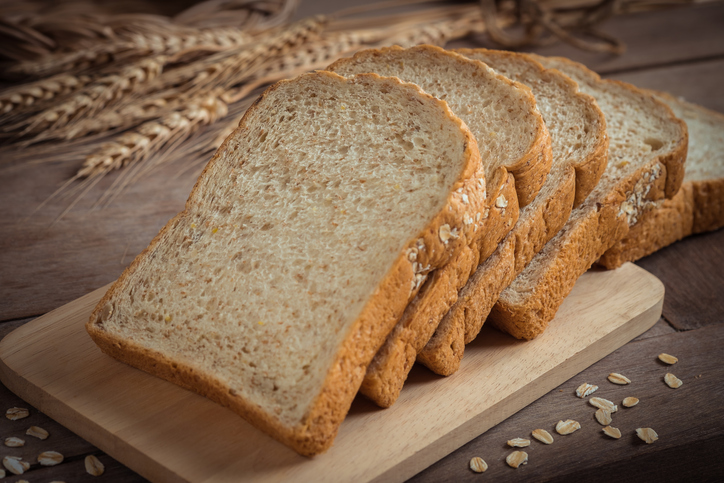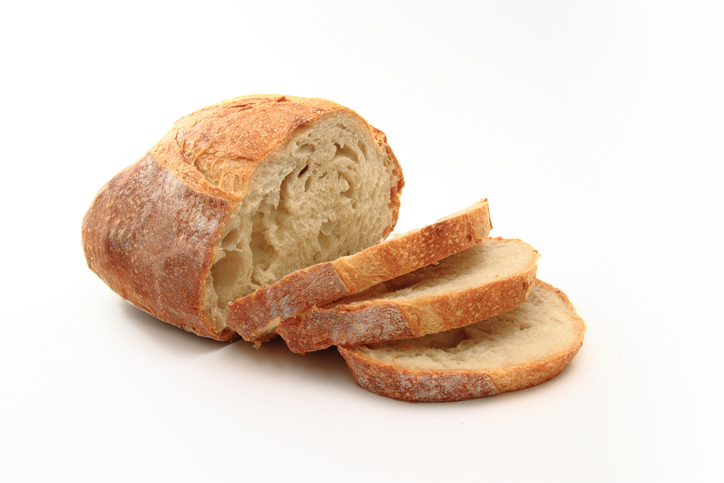Sodium intake is often discouraged, particularly in higher quantities. Most of our sodium intake is generally because of the cooked food dishes that we consume. Surprisingly, there are a lot of other sources of food as well which contain sodium but we are unaware of them. One such item is the bread which is considered to be the biggest culprit in US Salt intake. What many considered to have been pizza, pasta, or curry turns out to be just simple bread.
The alarming fact about this is that many people are consuming bread without being aware of this fact. Being a major breakfast, this thing about bread is still unknown to many.
Research on Bread as a Major Source of Sodium in the US
A new report out from the CDC says that breads and rolls are the number one source of salt in the US diet.
These findings are surprising because they indicate that it’s the number of breads and rolls we eat – and not necessarily the sodium content per serving – that is pushing US salt intake over recommended intake levels.
The 2010 Dietary Guidelines for Americans recommend we eat no more than 2,300 mg of sodium per day. People aged 51 and over, African Americans, and those with hypertension, diabetes, or chronic disease should limit salt intake even further, to 1,500 mg of sodium per day.
It is estimated that 90% of Americans eat more salt than they should each day and the CDC report finds that just 10 foods are responsible for 44% of the sodium intake in the US. Breads and rolls make up 7% of the salt we eat.
The top ten contributors of salt in our diet are:
- Breads & rolls
- Cold cuts & cured meats
- Pizza
- Poultry
- Soups
- Sandwiches
- Cheese
- Pasta dishes
- Meat dishes
- Snacks
Cutting back on breads and rolls – especially those made from refined wheat flours (i.e. white flour with brown food coloring and a few micronutrients thrown back in) can not only help reduce calories and promote weight loss, but we now know they may also be a vital link in lowering our excessive sodium intake levels too.
Watch out for 100% whole wheat bread though – while it might be better for you from a whole grain and fiber standpoint, sodium can rack up here too. Look for 100% whole wheat breads that are lower in sodium, keeping in mind that salt is an essential component of the bread-baking process.
As a matter of fact, you should try to eat organically as much as possible. Here is a guide on eating organic on a tight budget. – Is Eating Organic on a Tight Budget Possible?

Conclusion
Bread is one of the most consumed foods in the US but if it is taking up a lot of sodium inside your body, it may not be a healthy choice for you. Fortunately, there are alternatives as well that you can purchase from amazon.com and get it delivered to your doorstep. We have mentioned two of the best options above. We recommend that you share this important information with others who actively consume bread in a routine.
Dates are also a good option for breakfast and contain many health benefits. Read more about them here – Health Benefits of Date Palm.


